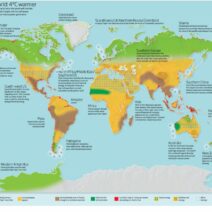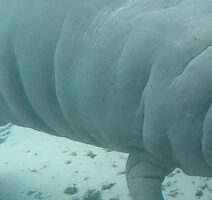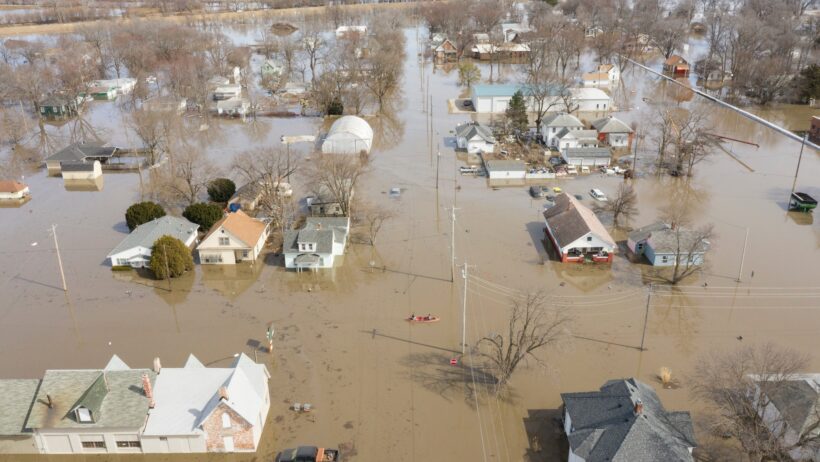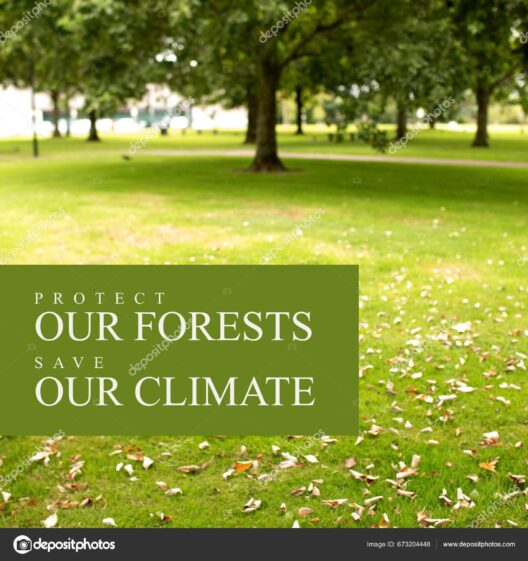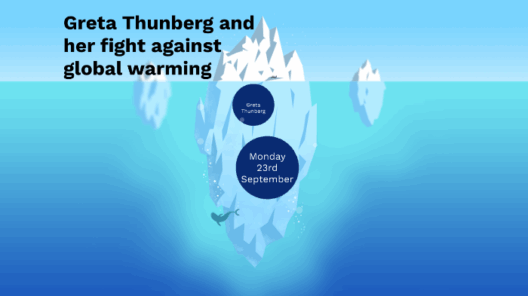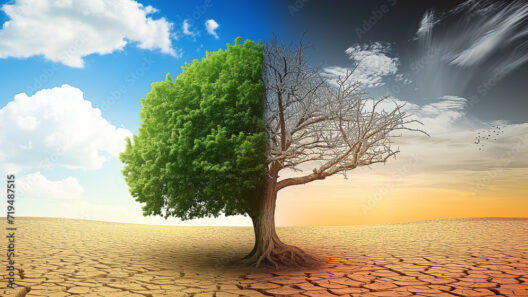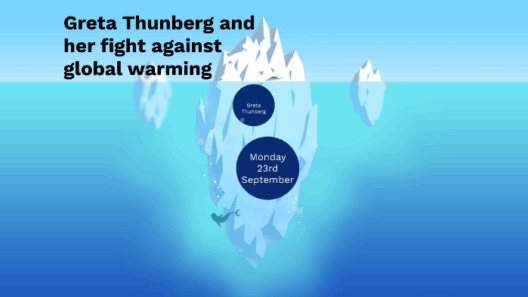Are you aware that the delicate interplay between droughts, floods, and deserts could soon redefine landscapes across the globe? As climate change exacerbates weather patterns, this triad of environmental phenomena poses a significant challenge to ecosystems, agriculture, and human habitations. Understanding the looming threat of these climatic extremes is crucial for societal adaptation and resilience.
To grasp the implications of this trifecta, we first need to explore the mechanisms at play. Global warming invariably leads to an increased concentration of greenhouse gases, trapping heat in the atmosphere. Consequently, temperatures rise, resulting in altered weather patterns. While the notion of a “warmer world” might suggest a uniformly drier or wetter climate, the reality is far more complex. The interaction of temperature, humidity, and wind patterns can induce both drought conditions and extreme precipitation events, often in rapid succession.
Drought is an insidious phenomenon that manifests when there is a prolonged deficit in precipitation. This condition stresses natural ecosystems and agricultural systems alike. For instance, diminished water supply can lead to crop failures, significantly impacting food security and economic stability. According to the United Nations, billions face potential water shortages by 2050 if current trends continue. The arid regions of the world, such as the western United States, parts of Australia, and the Mediterranean, are particularly susceptible to prolonged droughts. These areas have already witnessed devastating impacts, from wildfires to habitat degradation.
Yet, as alarming as drought may be, floods stand as its counterpoint—another consequence of climate change that has emerged as a formidable challenge. When heavy rains occur, especially in regions that may have previously suffered from drought, soil often struggles to absorb the surplus water. In situations where the ground has hardened due to lack of moisture, flooding can quickly ensue, leading to catastrophic consequences for communities and ecosystems. This phenomenon is compounded by the increased frequency of unpredictable weather systems and extreme rainfall events due to climate change.
Floods not only lead to property damage and loss of life but can also cause long-term ecological disturbances. For example, when floodwaters recede, they often leave behind debris and pollutants, disrupting water quality in rivers and lakes. This can harm aquatic ecosystems, where species may either perish due to unsuitable living conditions or face challenges in their reproductive cycles. Additionally, flooding can dislocate species and lead to habitat fragmentation, adversely affecting biodiversity.
The interplay between drought and flooding forwards an intriguing yet harrowing thought: what happens when regions oscillate between these two extremes? The phenomenon of “drought-flood cycles” can create environments that are inhospitable for both plant and animal life. Agricultural practices are particularly affected, as farmers must navigate these unpredictable patterns. Crop rotation and diversification become vital strategies, yet they require foresight and resources that may be beyond the reach of many rural communities.
Deserts, in this context, represent a stark reminder of the long-term impacts of climate change. As continued global warming progresses, regions that were once fertile may gradually transition to arid landscapes. Desertification expands, driven by unsustainable land use and practices, particularly in areas already vulnerable to drought. This transition is not merely a physical transformation; it has socio-economic implications, as communities reliant on agriculture are often left to grapple with diminished livelihoods. For example, the Sahelian region in Africa is witnessing such changes, where shifting climatic conditions exacerbate food insecurity and force migration.
Moreover, the concept of desertification underscores a crucial point: the challenges posed by droughts, floods, and deserts are not isolated. They intersect and compound, creating a cycle of environmental degradation that can further amplify the effects of climate change. As these landscapes transform, the services they provide—such as carbon storage, biodiversity, and clean water—diminish, making any adaptive response increasingly challenging.
To tackle these multifaceted issues, society must employ a proactive approach. Innovative technologies, such as sustainable water management systems, can help mitigate the impacts of drought while enhancing resilience against floods. From rainwater harvesting to the development of drought-resistant crops, these strategies need to be implemented on a global scale. Policymakers must prioritize sustainability and resilience in their agendas, ensuring that communities are equipped to face the realities of their changing environments.
International collaboration is equally critical. Climate change knows no borders; thus, sharing knowledge, techniques, and financial resources becomes imperative. Organizations and governments must unite to forge strategies that encompass sustainable land management, reforestation, and protective infrastructure against extreme weather events. This collaborative ethos must extend to local communities, who often possess invaluable traditional knowledge of their environments.
As we confront the formidable challenges posed by droughts, floods, and deserts, the interplay of these climatic extremes necessitates urgent action. A deeper understanding of their causes and consequences is essential to forging pathways toward sustainable adaptations. The time for complacency is long gone; the narrative of our landscapes is shifting, and it is our collective responsibility to ensure that future generations inherit a world capable of thriving amidst climate uncertainty. Will we rise to meet this clarion call, or will we allow the landscapes we cherish to succumb to the ravages of climate change?

